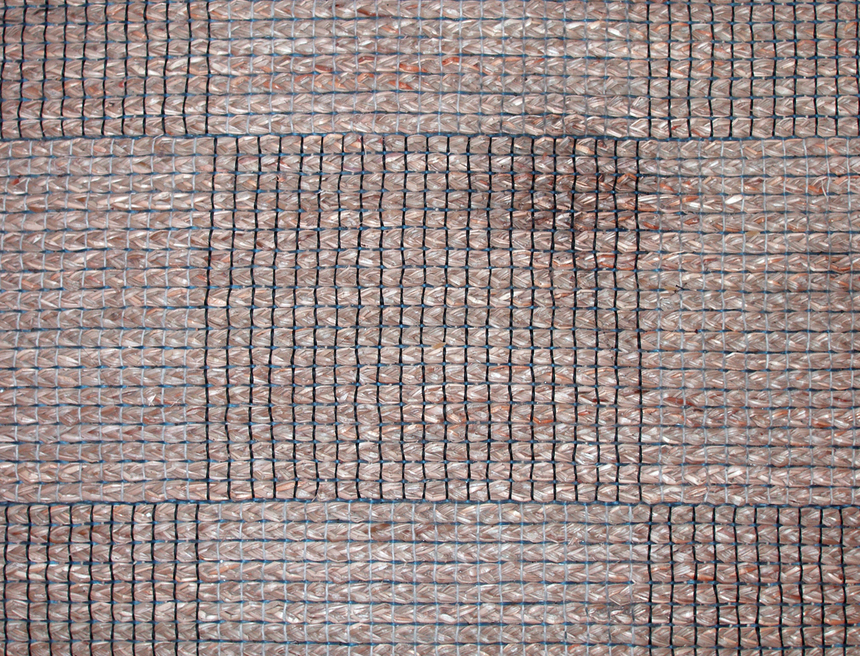Knitting

Knitting - The Basics
Knitting refers to a method of fabric creation using a yarn or thread. Each knitted cloth consists of consecutive rows of loops or stitches, with a new loop being pulled through the existing one. Every new stitch is held on a needle until another stitch is passed through it. The end result of the process is a knitted fabric which is used to make a variety of clothing items and accessories such as scarves, gloves, hats, etc..
Materials and Tools Needed
A number of different types of yarn can be used for both hand and machine knitting. This allows creation of fabrics in a variety of colours, textures, patterns and weights. Hand knitting doesn’t require any special or expensive equipment. The only tool needed is a pair of needles. But it is important to keep in mind that the needles’ thickness, shape and flexibility have a major influence on the end result which of course also depends greatly on the type and texture of the yarn and knitting method.
Types of Knitting
Knitting can broadly be divided into hand and machine knitting. Due to huge demand for knitted fabric worldwide, most fabrics are knitted by machine rather than by hand although hand knitted clothing and accessories are highly sought after as well. But due to the limited supply, their prices are considerably higher.
In addition to hand and machine knitting, the process of creating fabric by pulling loops through one another can also be divided into circular and flat. The first type refers to creating circular or tube-shaped products such as socks, mittens, sleeves and hats using circular needles. Flat knitting, on the other hand, is used to create flat products such as scarves, backs and fronts of sweaters, and blankets but it can also be used for circular pieces. However, the individual pieces need to be sewn together to obtain a circular shape.
Knitting Methods
Knitting methods refer to the techniques that are used to create fabric from yarn. Basically, there are two main methods – warp and weft knitting with the former being more popular. The entire fabric may be created from a single yarn by adding stitches to each new wale. In warp knitting, on the other hand, every new wale requires new yarn which, however, makes it resistant to runs. Weft knitting is done by both hand and machine, while warp knitting is almost exclusively used for mechanised production of knitted fabric.
Knitting methods can further be divided according to in which hand the yard is knitted. Thus we know Continental knitting (knitting with yarn in left hand) and English knitting (knitting with yarn in right hand). Then there are also vertical and parallel stitches, cables, increases, lace, etc. But for most knitters, it is enough to learn to master the knit stitch and purl stitch since most variations are derived from these two stitches.